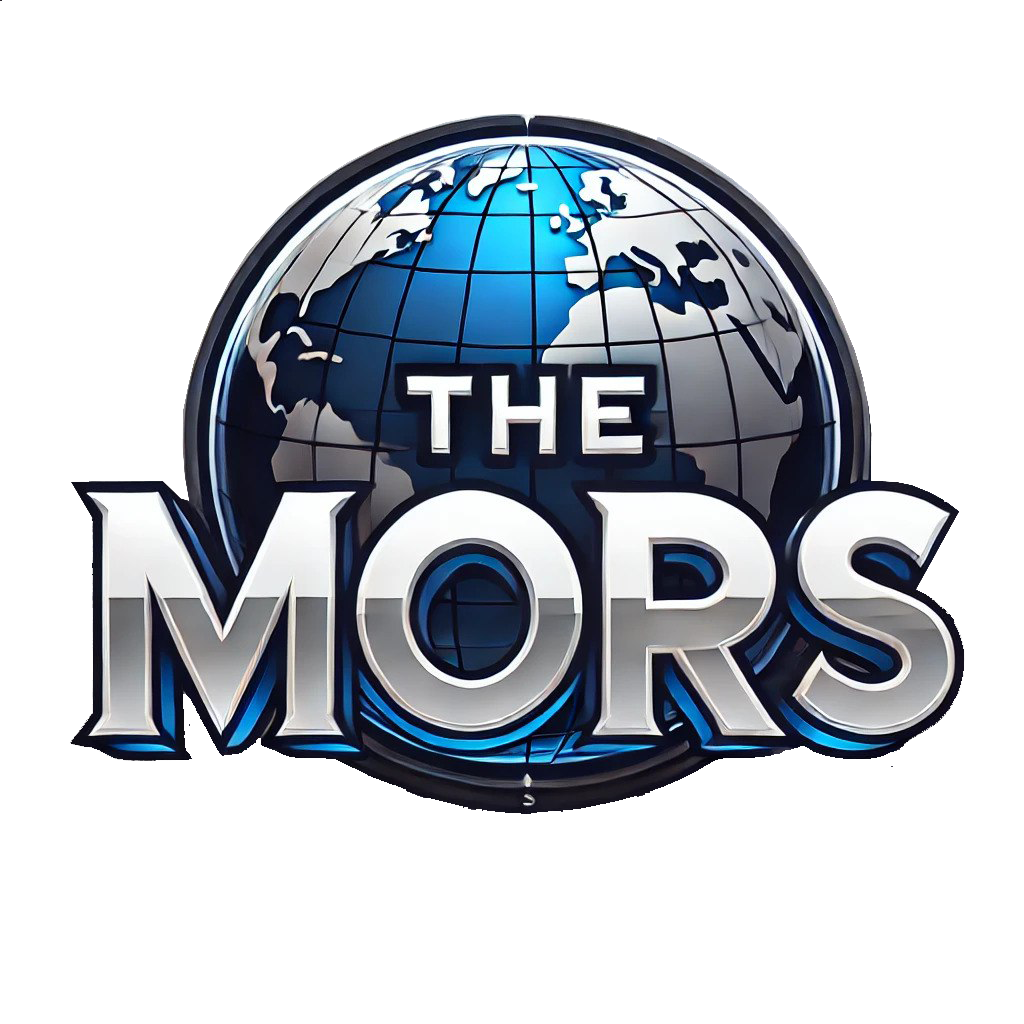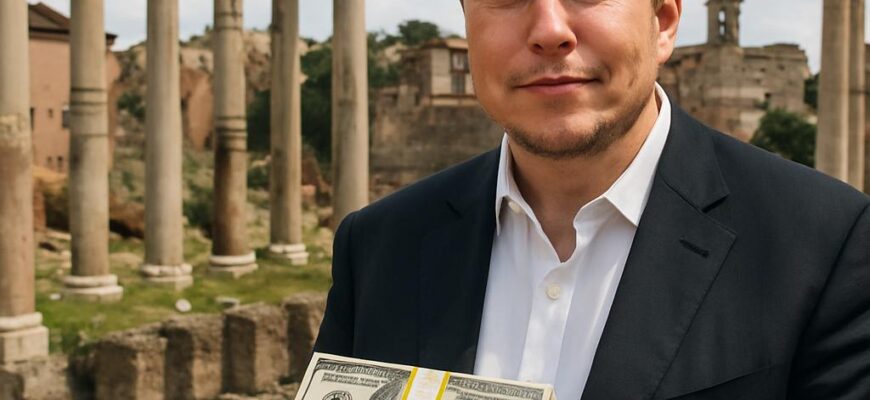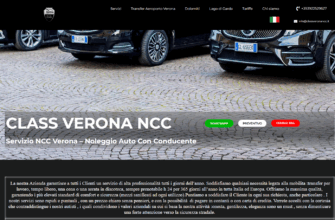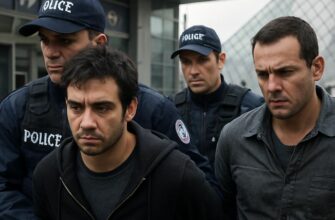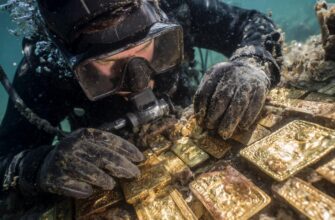Imagine seeing the headline: Elon Musk donated a million dollars to protect ancient Roman archaeological sites. It catches the eye because it pairs two worlds that rarely overlap in the public imagination — Silicon Valley speed and the deliberate patience of archaeology.
Whether hypothetical or real, the idea opens a conversation about what it means when modern wealth flows into the care of millennia-old stones, mosaics, and frescoes. This article unpacks that conversation: the practical possibilities, the ethical questions, and the real tools available to conserve Rome’s fragile heritage.
- Why Italy’s Roman sites need attention now
- What a $1 million gift could actually do
- Digital preservation: where technology makes a measurable difference
- The human side: training craftsmen and engaging local communities
- Potential pitfalls: transparency, influence, and perverse incentives
- Public-private partnerships that work
- Case study: a focused pilot project
- How transparency ensures both impact and public trust
- Practical next steps a donor could insist upon
- My own experience walking among Rome’s ruins
- Measuring success: metrics for conservation projects
- Why the conversation matters beyond Rome
- What readers can do
Why Italy’s Roman sites need attention now
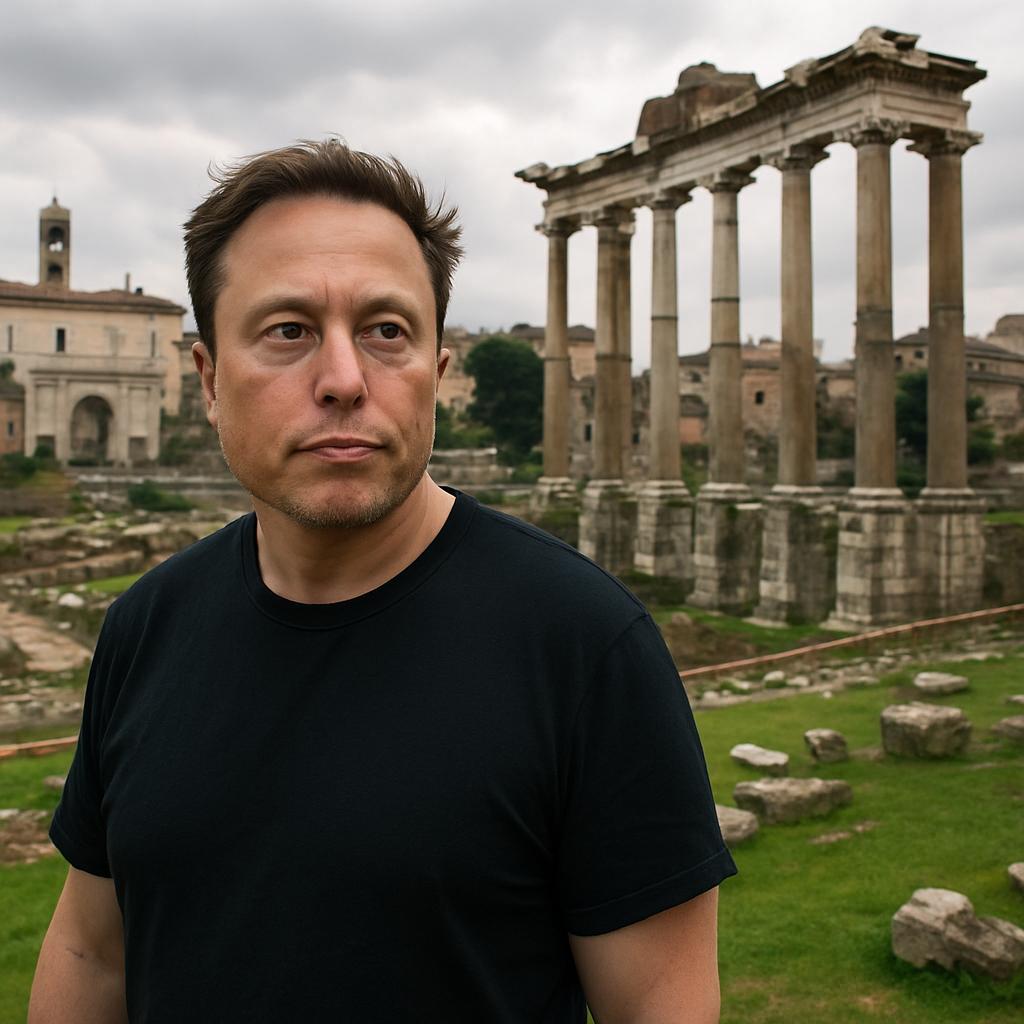
Rome’s archaeological landscape is remarkable and precarious. Centuries of pollution, seismic activity, fluctuating groundwater, and the sheer pressure of tourism have combined to accelerate deterioration in ways earlier generations of conservators did not anticipate.
Climate change has raised new threats: heavier rains cause erosion and salt crystallization, while warmer temperatures foster biological growth that eats away at porous stone. These are slow disasters — the sort that can be arrested with careful, sustained investment but not fixed by a single emergency injection of cash.
What a $1 million gift could actually do
A million dollars is a meaningful sum for targeted preservation work, though it won’t rescue every battered column in the Forum. Allocated strategically, it can fund high-impact projects: structural stabilization of a handful of vulnerable monuments, modern monitoring systems, and pilot conservation programs that demonstrate scalable methods.
Think of the donation as seed capital that buys the tools and the data. With better sensors, drones, and digital models, conservators can prioritize interventions where they will have the greatest long-term benefit rather than reacting to the next visible crack or collapse.
Below is a sample allocation of how a million dollars might be deployed to create lasting value rather than temporary fixes.
| Activity | Estimated allocation | Expected outcome |
|---|---|---|
| High-resolution 3D scanning and LiDAR surveys | $200,000 | Accurate digital records for research and restorations |
| Environmental monitoring networks (sensors, data platforms) | $150,000 | Real-time alerts to prevent damage from moisture, vibration |
| Targeted structural stabilization and masonry conservation | $350,000 | Permanent reinforcement of at-risk structures |
| Community engagement, training, and local employment | $150,000 | Local capacity building for ongoing maintenance |
| Contingency and administration | $150,000 | Project management and unexpected needs |
Digital preservation: where technology makes a measurable difference
One of the clearest ways modern donors can help is through digitization. High-resolution 3D models and photogrammetry create an archival copy of a structure’s exact geometry and surface condition, preserving data even if the original is lost.
These digital assets do more than record; they enable noninvasive analysis, virtual restorations, and educational outreach. A well-curated digital archive can be shared with researchers worldwide and used to plan interventions with surgical precision.
I’ve watched conservators use 3D models to test hypothetical repairs in virtual space before a single chisel is moved. It saves money and preserves the authenticity of the material because interventions are limited to what is necessary and tested.
The human side: training craftsmen and engaging local communities
Conservation isn’t only about sensors and scans. Skilled hands matter — the masons, conservators, and curators who understand historic materials and time-honored techniques. A smart philanthropic gift funds apprenticeship programs, supporting a generation of local experts.
Hiring locally also creates economic incentives for communities to protect sites. When residents see direct benefits — jobs, training, tourism that supports local businesses — they become partners in preservation rather than passive observers or accidental contributors to wear and tear.
Potential pitfalls: transparency, influence, and perverse incentives
Private donations to public heritage are not an unalloyed good. They raise legitimate questions about transparency and governance. Who decides which monuments get the money? Are the terms of the gift public? Does the donor expect branding, naming rights, or influence over scholarly decisions?
If a donation is accompanied by strings — a plaque, a private research priority, or preferential access to the site — it can undermine public trust. Careful legal agreements and multistakeholder oversight can prevent such outcomes while preserving the donor’s intent to be helpful.
Public-private partnerships that work
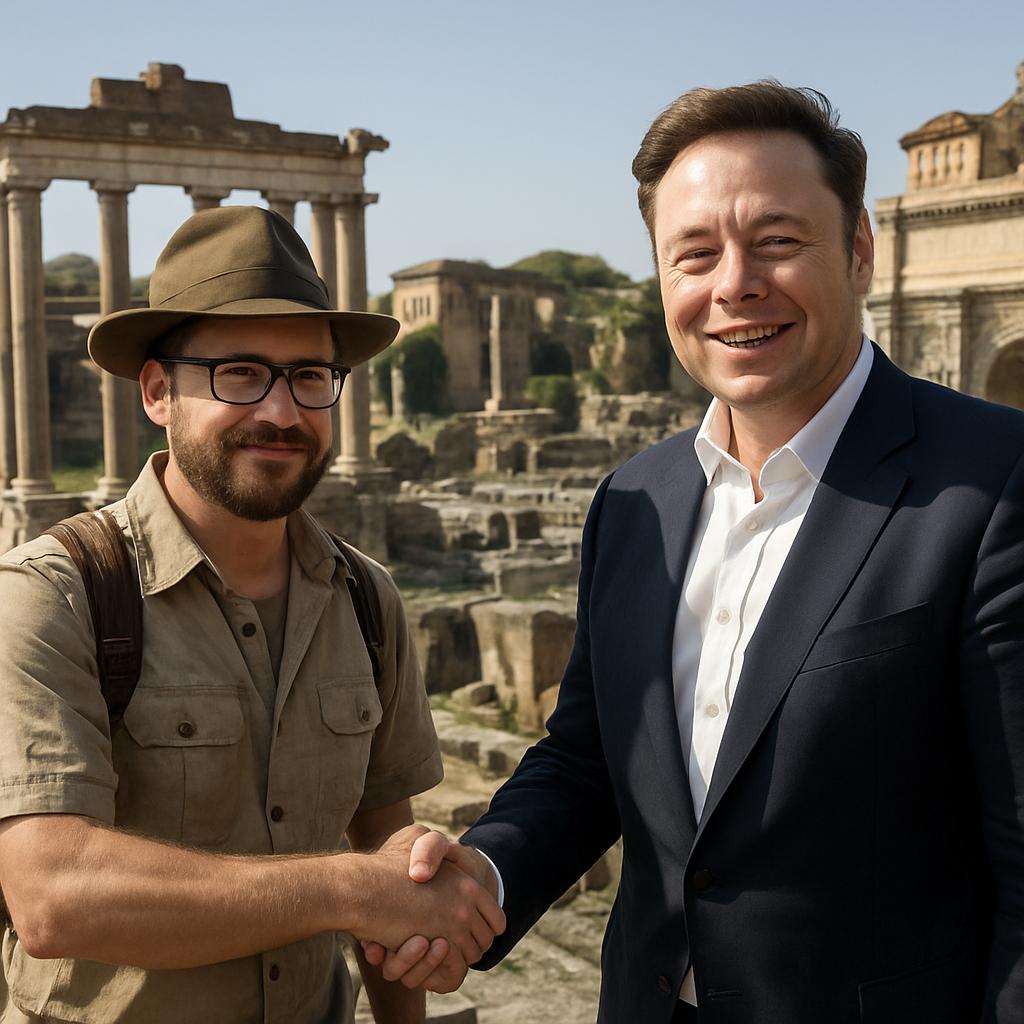
The most successful programs I’ve observed balance private initiative with public stewardship. Foundations and tech philanthropists often bring rapid procurement, innovative tools, and a tolerance for pilot projects. Governments provide authority, long-term custodianship, and the institutional memory needed for ongoing care.
One practical model is a matching grant: a private donor underwrites advanced diagnostics and stabilization while public funds schedule follow-up maintenance. This leverages the initial gift into a longer-term commitment rather than a one-off intervention.
Case study: a focused pilot project
Imagine a pilot centered on a single neighborhood in Rome — a cluster of lesser-known ruins that receive relatively little attention but are historically significant. The pilot funds digital documentation, a stabilization campaign, community outreach, and an evaluation period.
If the work reduces deterioration over five years and creates a model for cost-effective maintenance, the pilot becomes a replicable template. The initial gift’s value multiplies because municipal authorities can adopt the approach at scale.
How transparency ensures both impact and public trust
Donors who commit funds to heritage conservation should insist on transparency: published budgets, open procurement, independent audits, and periodic progress reports. Those practices remove doubts and show the public that money is used efficiently.
Transparency also helps scholars. When project data and condition reports are openly available, researchers can build on each other’s work instead of redoing costly documentation. That’s where a relatively small donation can catalyze broader investment from governments and international agencies.
Practical next steps a donor could insist upon
A donor aiming to make a lasting difference should insist on three practical conditions: collaborative governance with local authorities, a clear plan for long-term maintenance, and open access to resulting data and findings.
These requirements align incentives. They prevent a short-term flare of media attention followed by neglect. Instead, they use the initial sum as leverage for sustainable stewardship.
My own experience walking among Rome’s ruins
Years ago I walked through the Roman Forum at dawn, when the light reads every chisel mark and every patch of breccia. You feel the past the most in those quiet moments — and you also see the small cracks, the hasty repairs, the layers of history wearing thin.
Those mornings convinced me that preservation combines reverence with problem-solving. It requires both patience and the willingness to adopt new techniques when they serve the old stones. Philanthropy that recognizes both sides can be transformative.
Measuring success: metrics for conservation projects
To know whether a gift achieved its purpose, projects need measurable indicators. Examples include reduction in moisture ingress, decreased vibration levels near sensitive mosaics, or improved structural stability as measured by strain gauges over time.
Success also includes social metrics: number of trained local conservators, hours of community education, and the degree to which maintenance plans are funded and implemented after the initial project ends.
Why the conversation matters beyond Rome
Whether or not any individual benefactor makes headlines, the central issue is global: how modern wealth can responsibly help preserve the deep past. The techniques and governance structures developed for Rome translate to archaeological sites everywhere.
When donors, governments, conservators, and communities collaborate, the result is more than preserved ruins. It’s living heritage that continues to teach, inspire, and support local economies in durable ways.
What readers can do
If you care about cultural heritage, support organizations with transparent track records and community-focused projects. Volunteer where possible, donate thoughtfully, and ask questions about long-term maintenance, not just immediate restoration.
Public attention matters too. Stories that examine both the promise and pitfalls of private philanthropy encourage better practices and hold all parties accountable. That scrutiny is one of the best safeguards for ancient sites.
If a headline ever reads “Elon Musk donated a million dollars to protect ancient Roman archaeological sites.” in earnest, the real story will be the structures saved, the local craftspeople trained, and the public records kept for future generations. That is the meaningful legacy such a gift could leave.
To explore more stories about cultural heritage, technology, and conservation, visit https://themors.com/ and read other materials from our website.
